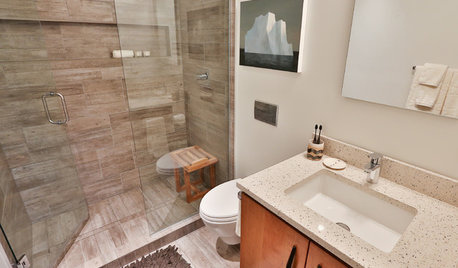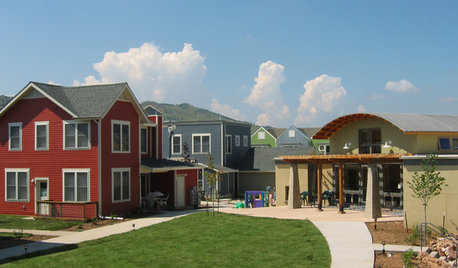14-2 and 12-2 wire on 20 amp circuit code clarification
rodney01
15 years ago
Featured Answer
Comments (16)
jmvd20
15 years agoterribletom
15 years agoRelated Professionals
Galena Park General Contractors · Anchorage General Contractors · Anderson General Contractors · Kentwood General Contractors · Midlothian General Contractors · River Edge General Contractors · San Bruno General Contractors · Williamstown General Contractors · Austintown General Contractors · Ashburn Home Automation & Home Media · Chattanooga Home Automation & Home Media · Englewood Home Automation & Home Media · Lincolnwood Home Automation & Home Media · Miami Springs Home Automation & Home Media · The Villages Home Automation & Home MediaBilll
15 years agofotostat
15 years agojmvd20
15 years agoBilll
15 years agofotostat
15 years agopetey_racer
15 years agojmvd20
15 years agofa_f3_20
15 years agobrickeyee
15 years agoHU-553659354
3 years agomtvhike
3 years agoHU-562515490
last yearlast modified: last yearHU-607799835
last year
Related Stories

BATHROOM DESIGNSee 2 DIY Bathroom Remodels for $15,500
A little Internet savvy allowed this couple to remodel 2 bathrooms in their Oregon bungalow
Full Story
COMMUNITYTogetherness Take 2: Is a Cohousing Community for You?
Missing that sense of connection? Consider the new breed of neighborhood with a communal bent
Full Story
PET PLACESPet’s Place: 2 Kittens Grow Into Their California Home
A couple make small adjustments around the house to keep their cats — and home — safe
Full Story
MOVINGHome-Buying Checklist: 20 Things to Consider Beyond the Inspection
Quality of life is just as important as construction quality. Learn what to look for at open houses to ensure comfort in your new home
Full Story
BATHROOM DESIGN12 Designer Tips to Make a Small Bathroom Better
Ensure your small bathroom is comfortable, not cramped, by using every inch wisely
Full Story
KITCHEN DESIGN20 Kitchen Must-Haves From Houzz Readers
We asked you to tell us your top kitchen amenities. See what popular kitchen features made the list
Full Story
HOUSEKEEPING12 Cleaning Projects That Go a Little Deeper — Naturally
Eucalyptus oil for germy door handles. Baking soda for oven grime. Here are nontoxic solutions for often-overlooked cleaning jobs
Full Story
DIY PROJECTS14 Power Tools for the Home Shop
Want the thrill of building it yourself? These "big guns" help the handy homeowner tackle just about any job
Full Story
FUN HOUZZ14 Things You Need to Start Doing Now for Your Spouse’s Sake
You have no idea how annoying your habits at home can be. We’re here to tell you
Full Story
FEEL-GOOD HOME12 Very Useful Things I've Learned From Designers
These simple ideas can make life at home more efficient and enjoyable
Full StoryMore Discussions








jmvd20